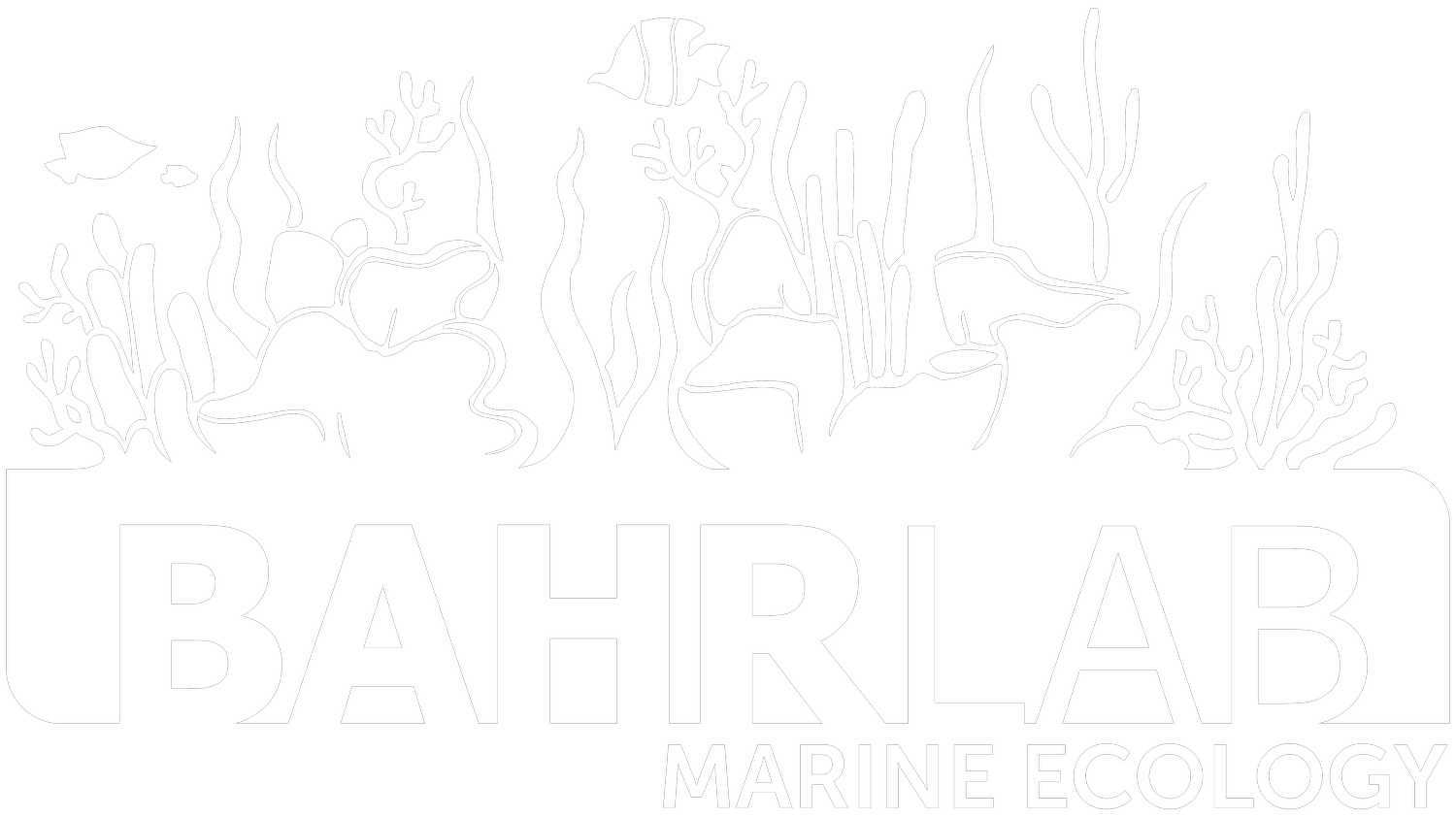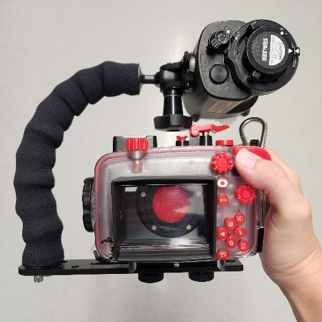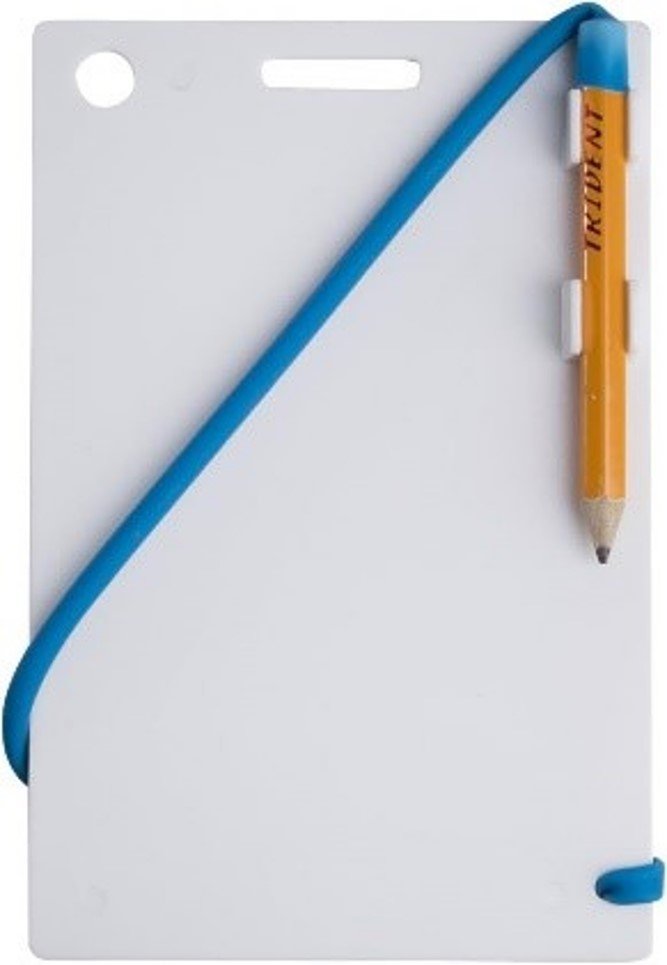The Coral Colorimetry Project
Corals represent a highly diverse and critically significant group of organisms, holding immense ecological and economic value. These remarkable creatures create intricate calcium carbonate structures that serve as vital foundations, habitats, and natural water filtration systems for thousands of marine species. Additionally, coral reefs play a pivotal role in shoreline preservation by effectively mitigating the impact of powerful storm surges safeguarding coastal communities and infrastructure. The imperative to protect coral reefs transcends conservation; it stands as a linchpin in preserving marine ecosystems and the stability of global economies, underlining the urgency and significance of coral reef conservation efforts.
Corals host symbiotic algae, often referred to as ''zooxanthellae'' or Symbiodinium spp., within their tissues. This mutualistic relationship involves corals providing shelter to these photosynthetic algae while the algae, in return, supply the coral with most of its nutritional demands. Notably, the health of corals is closely tied to the concentration of these algae within their tissues, with higher densities leading to healthier coral colonies. The vibrant pigmentation seen in corals primarily arises from these symbiotic algae. Interestingly, different coral species and even individual colonies within the same species can host various types of algae, resulting in a diverse range of hues (colors). It is essential to recognize that optimal zooxanthellae concentrations can vary among corals of the same species that reside in different environmental conditions, meaning that paler corals may not necessarily be unhealthy. Therefore, healthy corals can exhibit a broad spectrum of color saturations (richness of color), encompassing various degrees of lightness and darkness, highlighting the resilience and complexity of these remarkable marine organisms.
Coral bleaching occurs when stressful conditions disrupt the vital relationship between coral animals and symbiotic algae. Factors like water condition changes, physical harm, diseases, and toxins contribute to bleaching, with global issues like climate change and local events like oil spills exacerbating the threat. Bleaching signifies poor conditions or disease outbreaks but isn't necessarily fatal. Corals can recover if stressors are mitigated, allowing them to regain their vibrant colors by re-establishing their partnership with their algae. Understanding healthy coral colors is crucial, given the increasing frequency of bleaching events due to climate change.
Our "Coral Colorimetry" project addresses a fundamental question: What defines a healthy color spectrum for Caribbean reef-building corals? To achieve this, the project involves meticulously analyzing standardized images of Caribbean corals, where saturation and hue values are identified and compared to corals with known metrics of health (e.g., photosynthetic rates). This approach enables us to establish a direct correlation between coral color and individual health. The outcomes of this study promise to enhance the precision and scope of coral reef surveying techniques in the field significantly. Additionally, this research will contribute to the creation of the Caribbean Coral Health Card. This valuable tool can be wielded by both scientists and citizen scientists alike to document and assess Caribbean coral reefs. While coral color cards have already been developed for Hawaiian and certain Australian coral species, this initiative marks the first of its kind focused on Caribbean corals, filling a critical gap in our understanding of these vital marine ecosystems.
How can you help ?
First and foremost, we need images of corals in the field. The more images we can obtain of Caribbean reef-building species, the more data we will have to assess varying hues and saturation. The Bahr Marine Ecology Lab is deploying a specific protocol for image capturing. This way we can standardize the conditions of the images.
Project requirements:
Cameras that can use underwater settings, white balancing, .RAW image formatting and strobe compatibility for images at depth are required. The Bahr Lab uses an Olympus Tough T6 with underwater housing, but other cameras, such as GoPro Hero 9 and newer models, are also compatible with these requirements.
The DKG Color Card is the tool we currently use for camera color correction. This tool is relatively inexpensive and can be found on Amazon.
The ability to record underwater: Corals must be assigned an ID when an image is taken so that they are not mixed up with other corals. Details such as water temperature, depth, time of day, and location are also important to understanding the environmental conditions of the coral captured. Slates can be made using a clipboard and printing the provided datasheet on underwater paper. ScubaPro & Trident slates can be found on Amazon.
Data upload: Once the image collection is complete, the files should be renamed to the coral ID recorded when the picture was taken. All you need to submit is a Google Drive File with a folder of the raw images, a folder with a PDF scan of the field notes, and any other related files like Excel.
That's it! All the image processing will be performed by the Bahr Lab, and your images will eventually be compiled into data for the Cari-Color Card. This will greatly improve our ability to survey and assess the health of our crucial Caribbean reefs. Prospects of this project include the implementation of the coral color survey into satellite imagery and even the inclusion of AI programming to detect color anomalies. But we first need to be able to standardize coral colors to health values, and this is where your help is crucial to this project.









